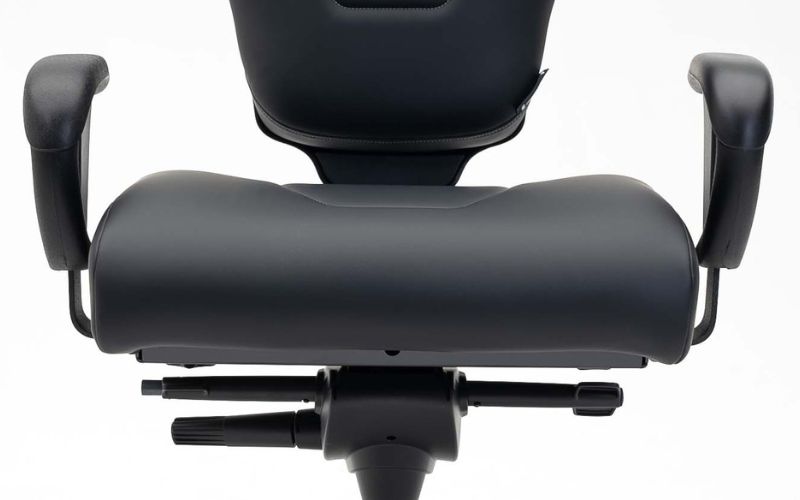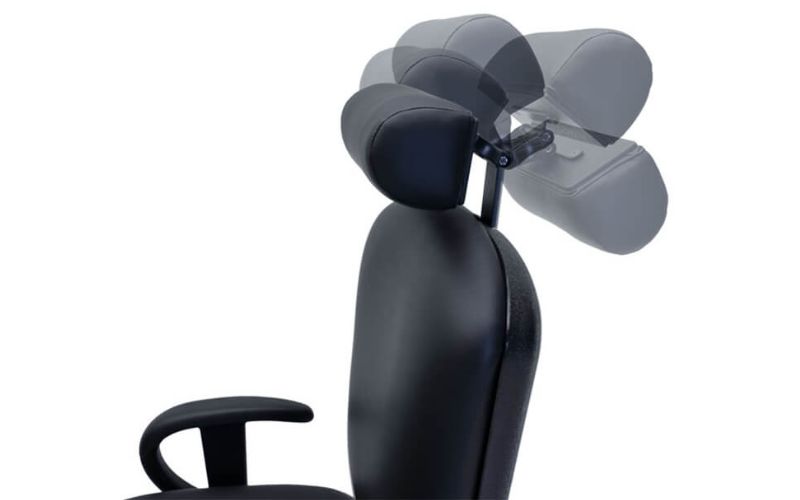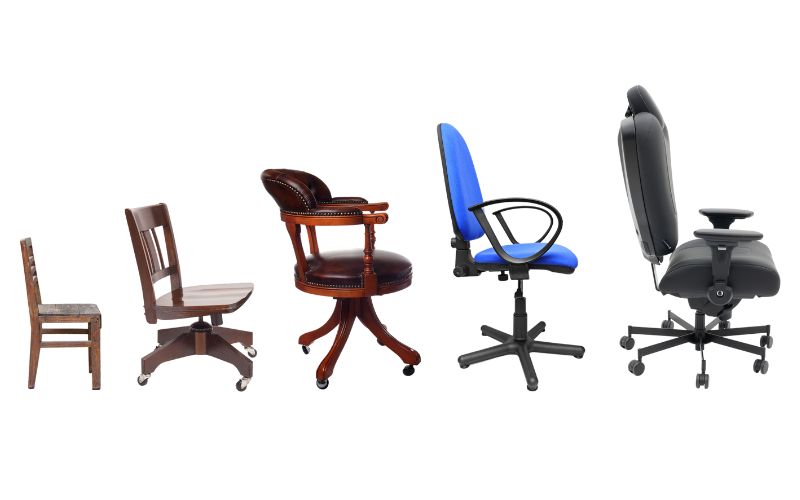When selecting the perfect office chair, many buyers focus on features such as backrests, headrests, and adjustability options. Each of these is undoubtedly important. However, an overlooked component that significantly impacts people’s comfort and posture is the seat pan.
The quality of this element is essential in office environments like control rooms or call centers because it allows users to focus on their tasks rather than their discomfort. Investing in a chair with an ergonomic seat pan can drastically enhance user comfort and productivity while minimizing the potential for back pain.
What Is the Seat Pan?
The seat pan, often referred to as the base or bottom cushion of the chair, is the component where the user sits. It features the suspension system which is responsible for distributing the user’s weight evenly, supporting the thighs and hips while ensuring the body remains comfortably aligned for extended periods.
Most seat pans have built-in padding or contouring to enhance comfort and reduce pressure points. From its material to its adjustability, every aspect of the seat pan contributes to the overall comfort and utility of an office chair.
Materials Used to Construct Seat Pans
Seat pans are available in various materials. Common materials include molded foam that provides a soft and supportive cushion and mesh that’s breathable and prevents people from overheating. Be careful when evaluating the materials as not all materials are suitable for the rigors of a 24/7 workplace.
The material used directly affects the chair’s lifespan and the user’s satisfaction. No matter the type of workplace, choose 24/7 office chairs with a seat pan crafted using high-quality materials, such as a Dymetrol suspension system. This ensures employees gain better support and comfort and the materials don’t break down over time..
Why the Shape of the Seat Pan Matters
A well-designed seat pan features a waterfall edge and a curved front edge to reduce pressure on the thighs and improve blood circulation. Seat pans with a slight tilt adjustment also help prevent discomfort in the lower back by positioning the pelvis at a neutral angle. The shape accommodates a broader range of body types on wider chairs, while narrower seat pans may suit smaller users or compact workspaces.
Seat Pan Adjustability
An adjustable seat pan allows users to customize their seating experience based on their unique needs. Features like seat depth adjustment enable users to modify the length of the seat pan, ensuring that their thighs have support while maintaining a small gap behind the knees to prevent circulation problems. Tilt mechanisms provide further flexibility, permitting the pan to incline or recline slightly to accommodate different postures throughout the day.
How To Choose the Right Seat Pan
When selecting an office chair, consider its ergonomics; does it feature a proper suspension system, an appropriate shape, and necessary adjustments to align with various body types and work habits? Pay attention to the material of the seat pan and look for high-quality materials for long-term reliability. Chairs built for continuous usage provide superior seat pan designs tailored for durability under constant use.
By considering the details of the seat pan, you can enhance daily comfort and invest in an office chair that improves overall well-being. Whether upgrading an office or outfitting a professional workspace, learning the anatomy of a seat pan will guide you toward making the right choice.





